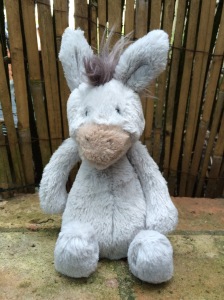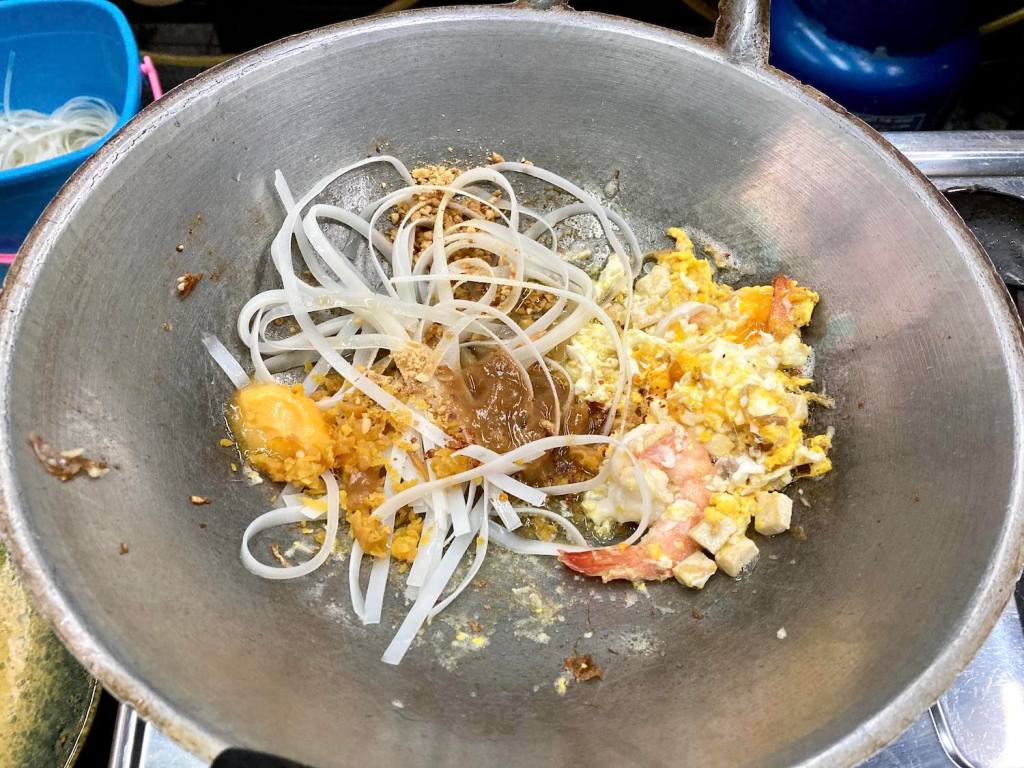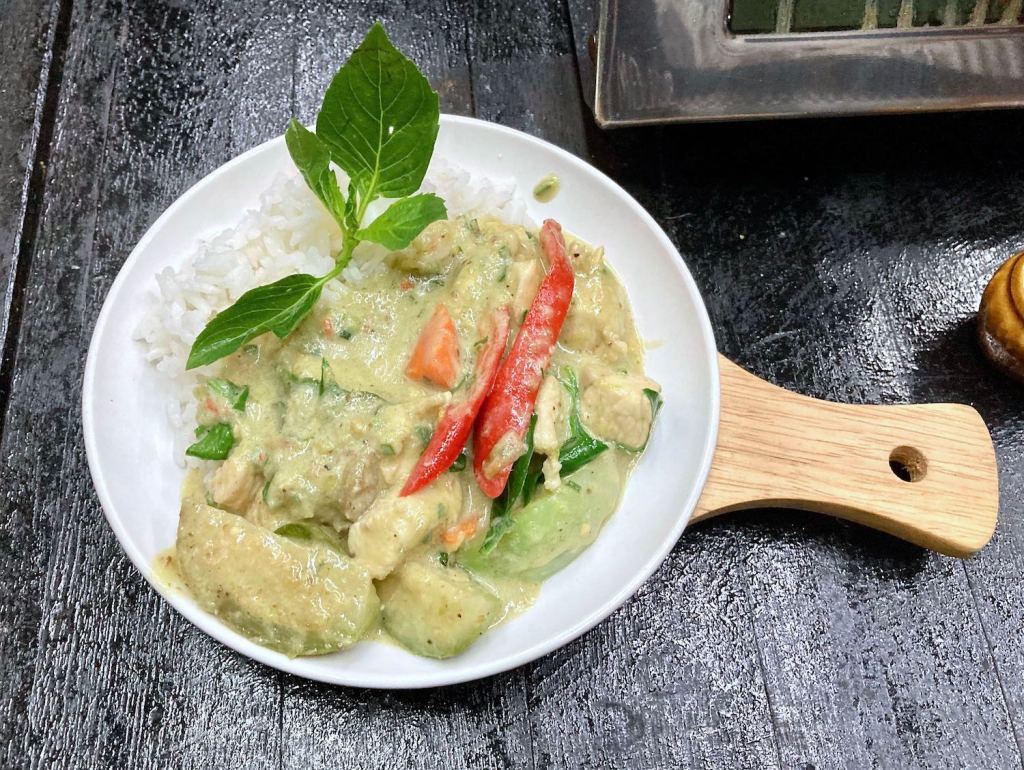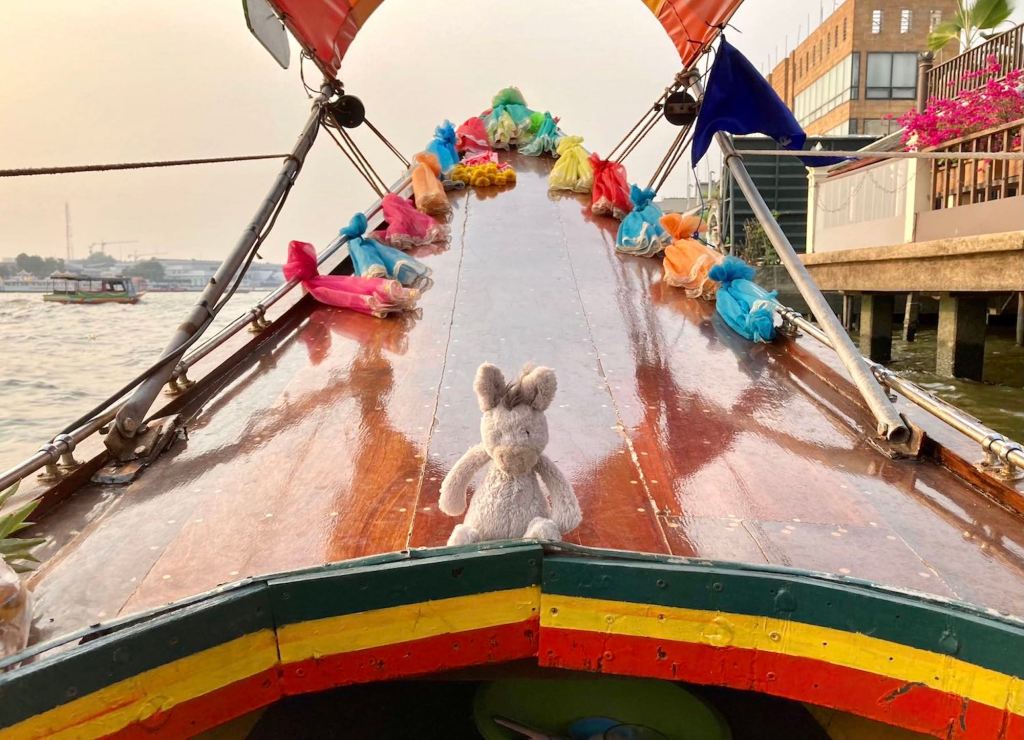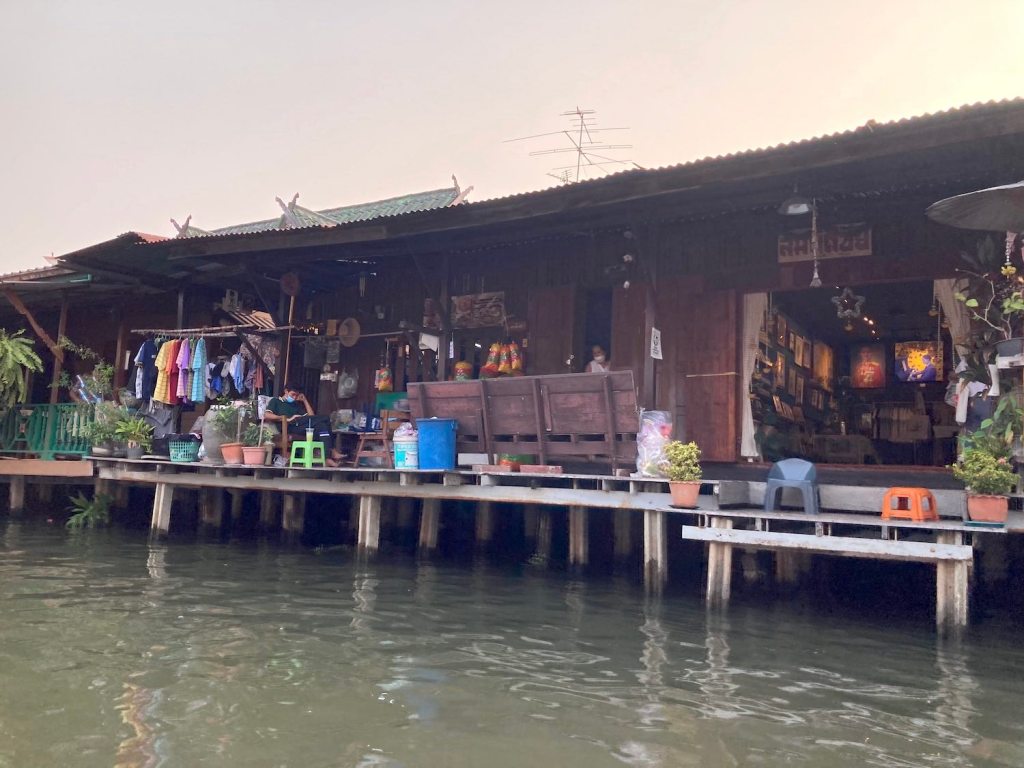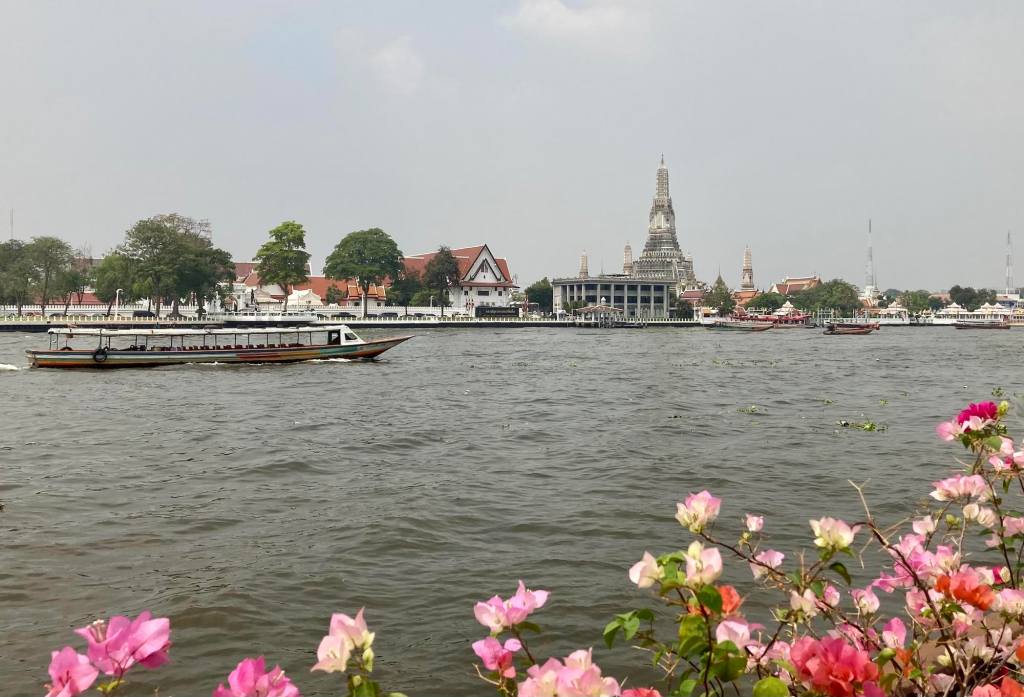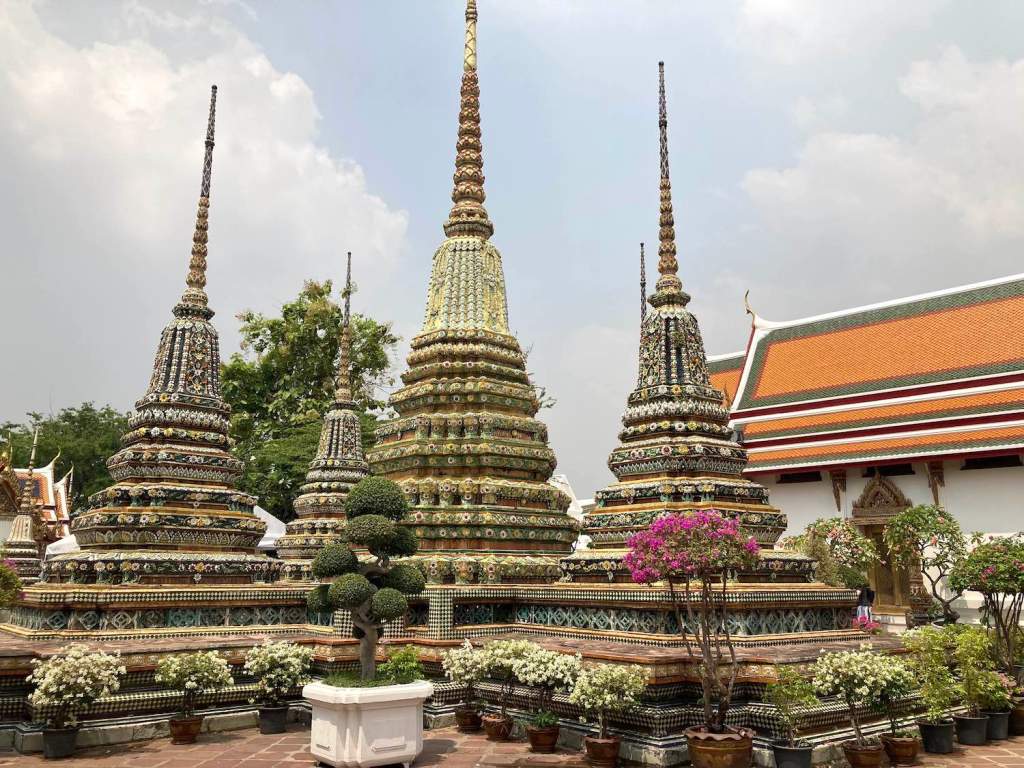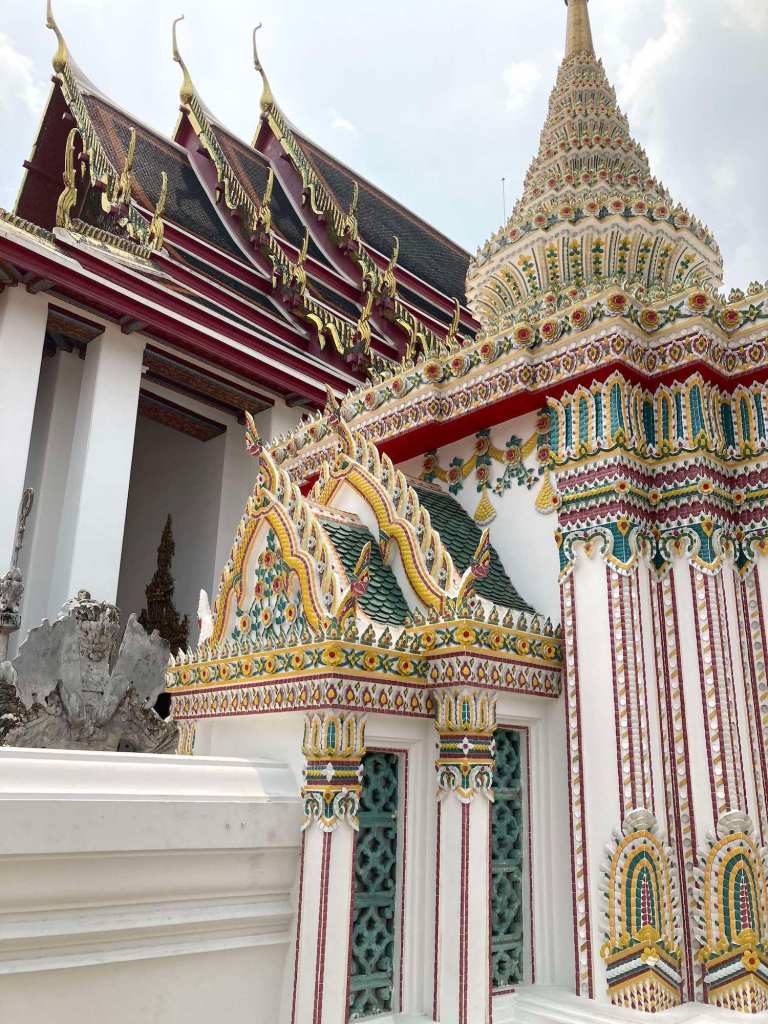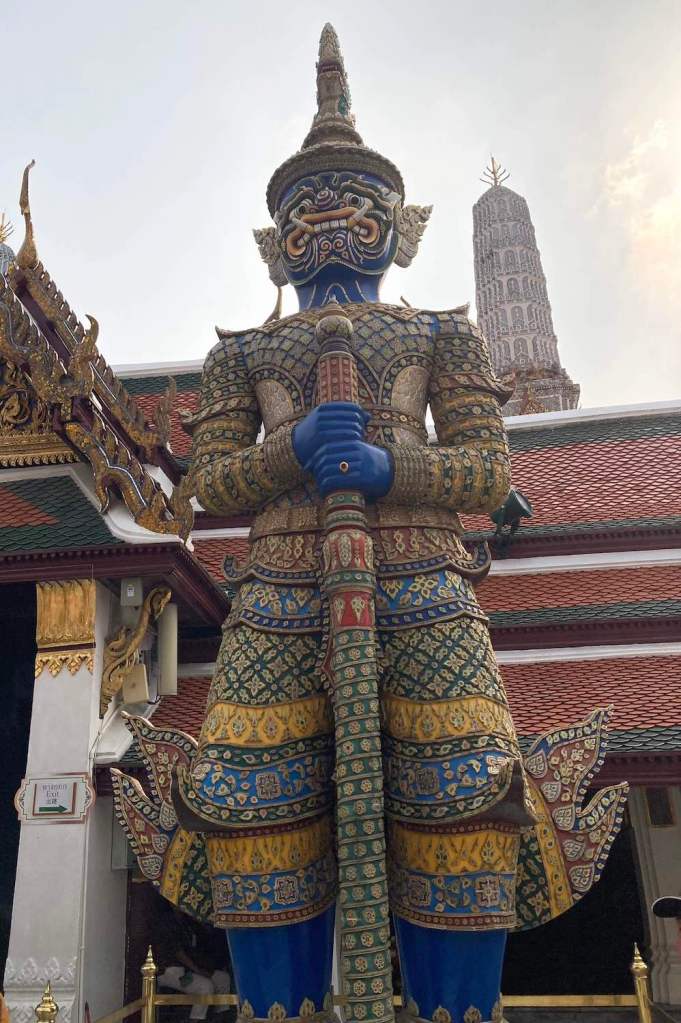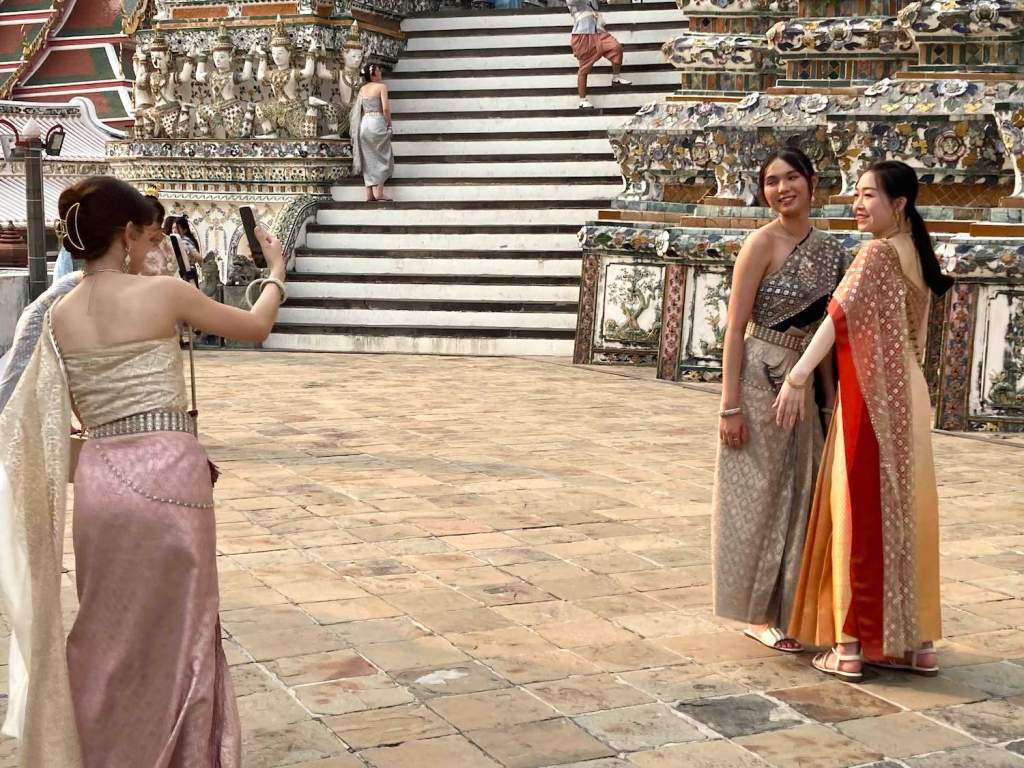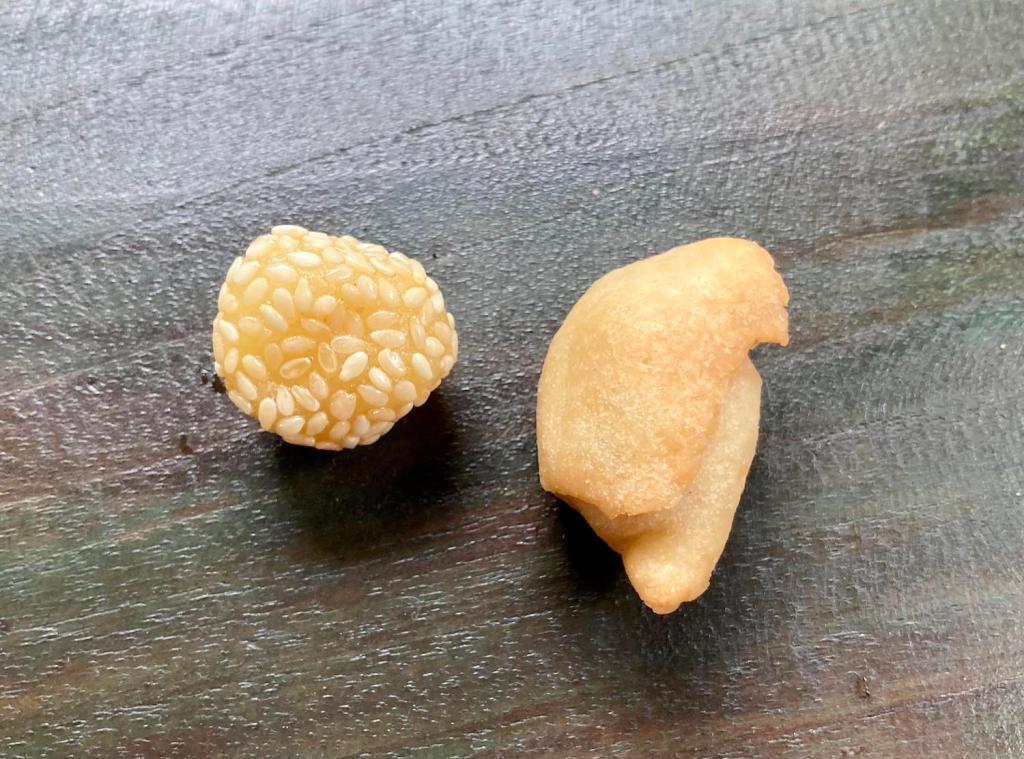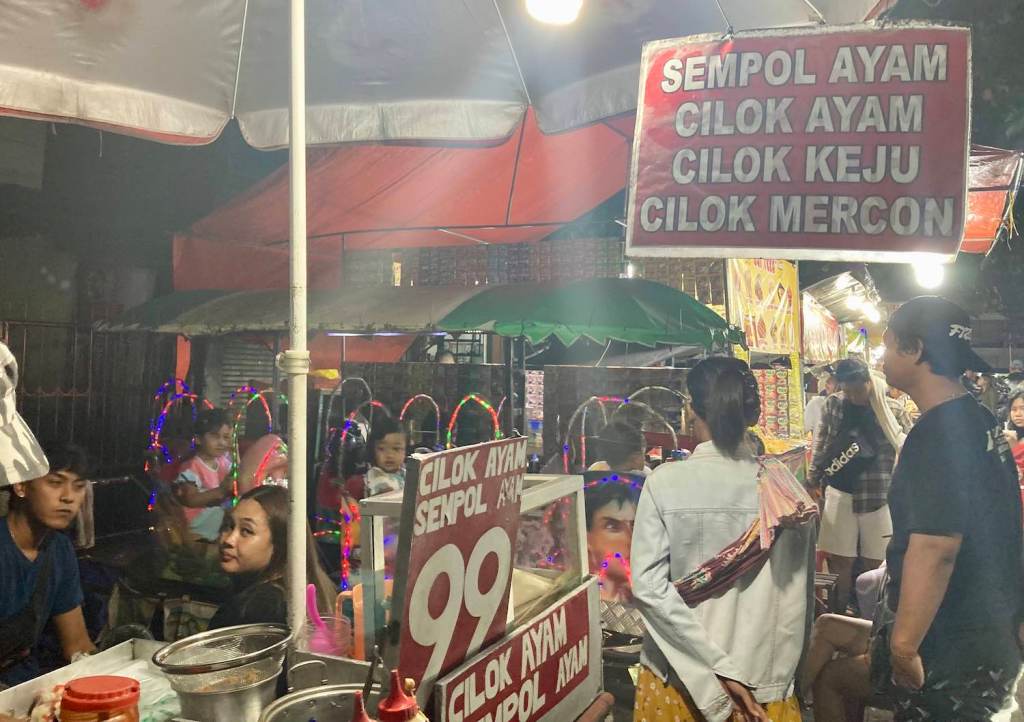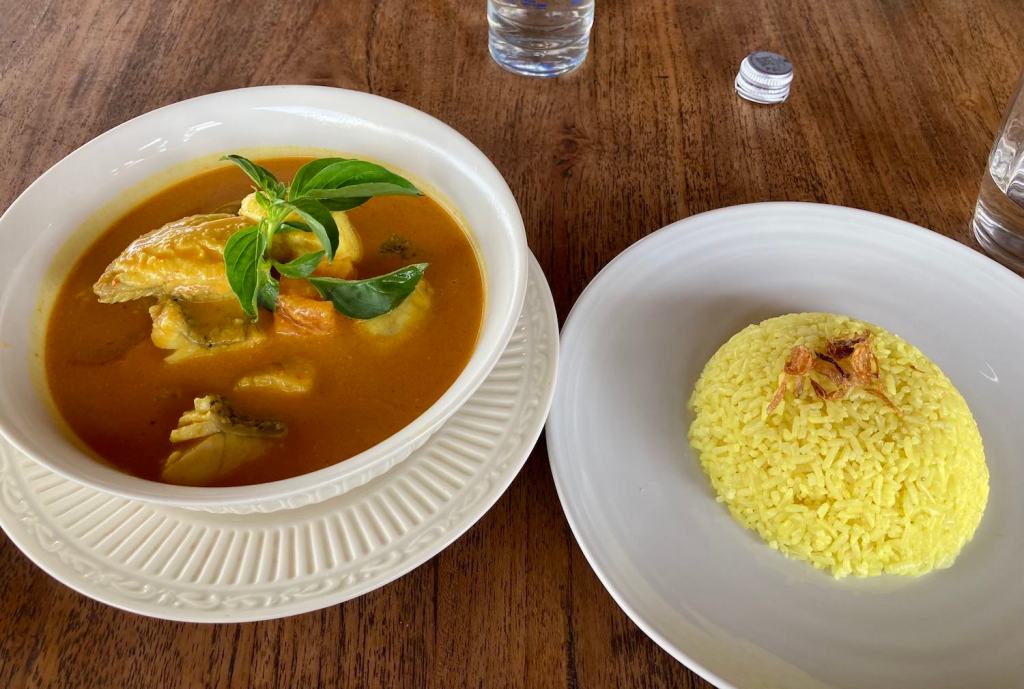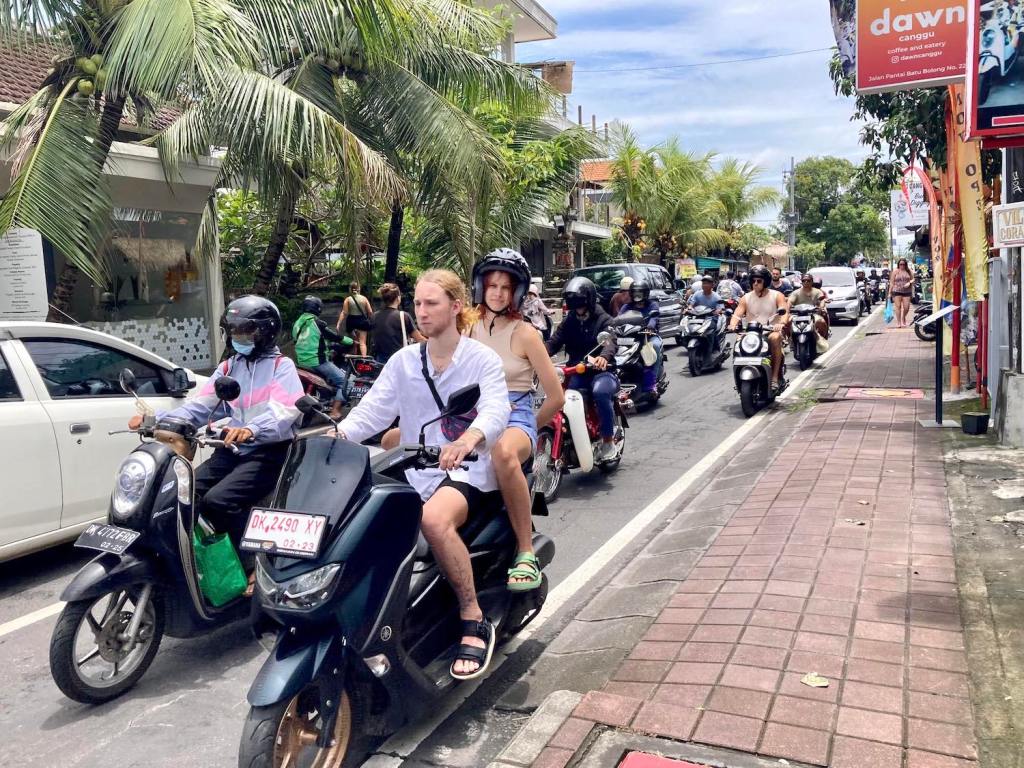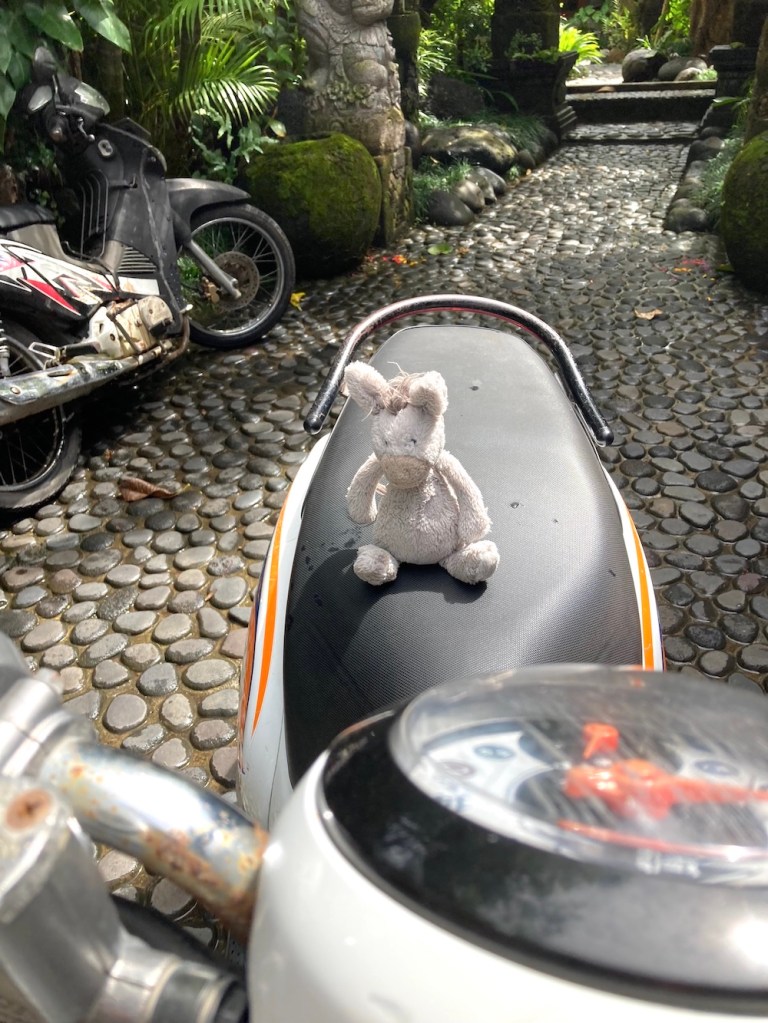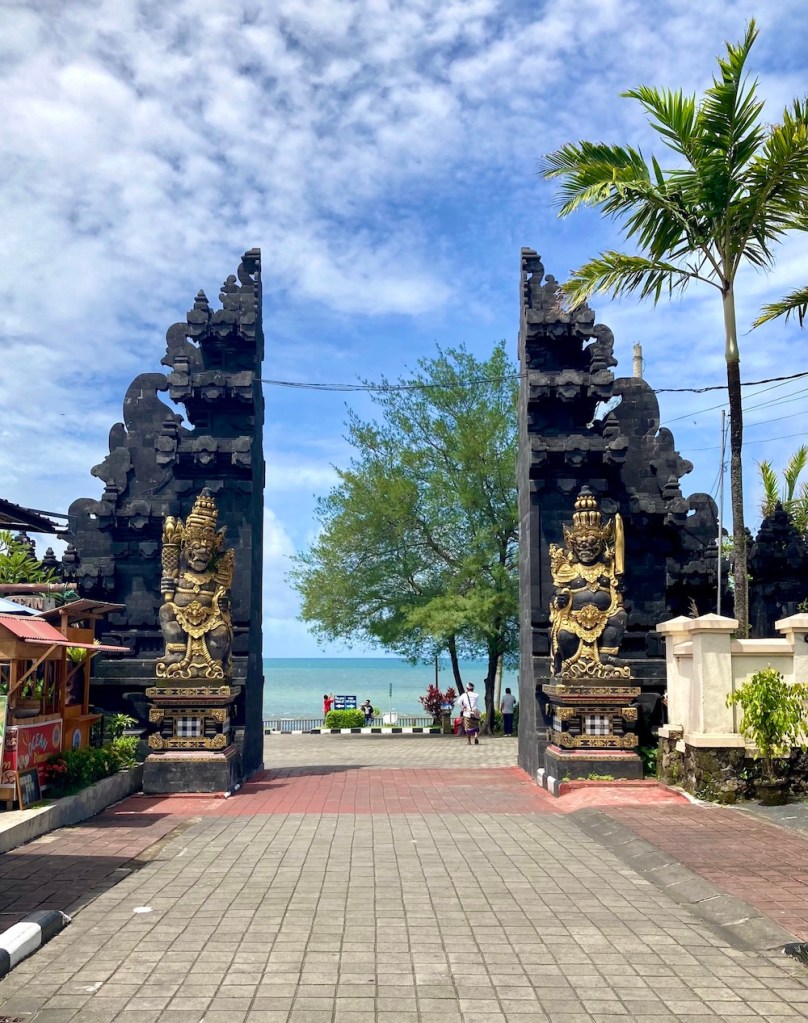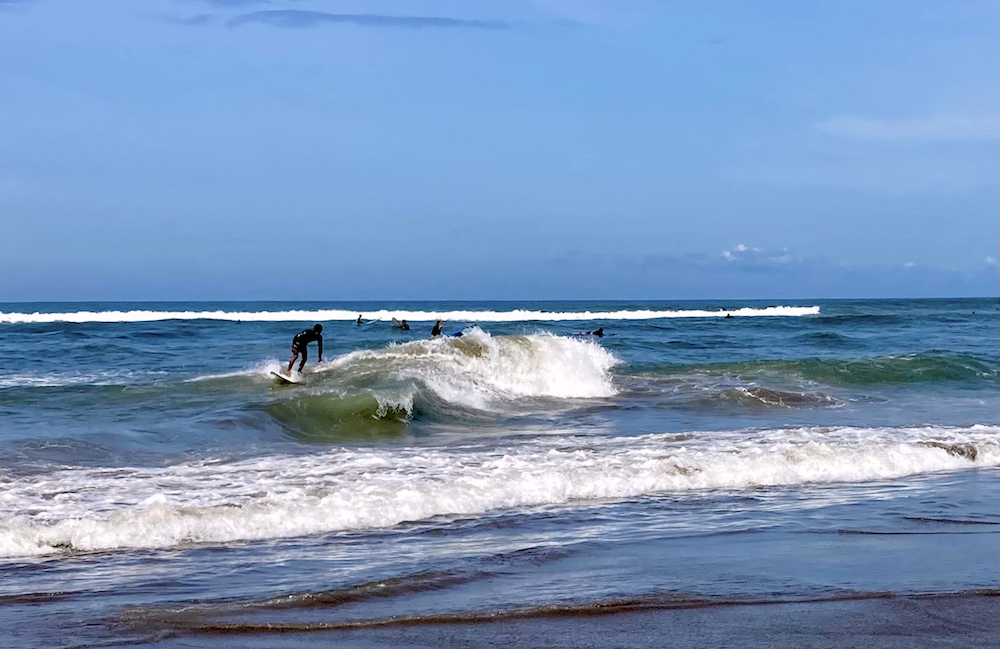
DonQui Oaty is in Hong Kong on the last leg of his around the world trip.

His ability to canter around Hong Kong with alacrity is hampered thanks to a sprained ankle incurred whilst exploring the monkey sanctuary in Ubud, Bali. He goes to the vet, slightly concerned that his condition might result in a swift merciful bullet to the head, as a donkey without the use of his hind legs is not really very much use at all.

Fortunately the kindly Indonesian doctor pronounces that there is no fracture, bandages up DonQui’s ankle, gives him some anti-inflammatories, and then packs him off to Hong Kong.

DonQui is rather entranced by Hong Kong. He feels the sense of history of the place — it is hard not to when his hotel is on Salisbury Rd overlooking Victoria Harbour. At the same time the city’s vibrant modernity gives him the impression of a young city very much looking to the future.

With Fortnum & Masons just around the corner, British three pronged plugs, double decker buses and English place names, much of Hong Kong feels very familiar. With excellent public transport and traffic that obeys the rules, it is a city that functions well despite the high population density. There is none of the chaos of Bangkok or Denpasar (Bali).

Many places in Asia love their shopping malls and Hong Kong is no different. Now DonQui is no fan of malls but, hampered by his gammy leg, he cannot canter all over the city and the nearby K11 mall offers a number of excellent restaurants. Despite his mall phobia he has to admit that the interior design is pretty stunning.

His bad ankle precludes him from wearing Louboutins any time soon, so he gives the local shoe shop a miss and goes off in search of the highly recommended Ye Shanghai restaurant on the 7th floor.

There he has a most excellent meal. The crab is the highlight of many very good courses.

Wanting to see more of the city but unable to walk far, DonQui books himself on a boat trip abroad the junk Aqua Luna.

This trip provides him with some wonderful views just as the sun is beginning to set.

The following day he hops on the atmospheric Star Ferry to cross from Kowloon to Hong Kong Central (at a cost of just 20p!)

A bus tour around Hong Kong Island gives him a good overview of this part of Hong Kong even if he is not quite up to very much exploration on foot.
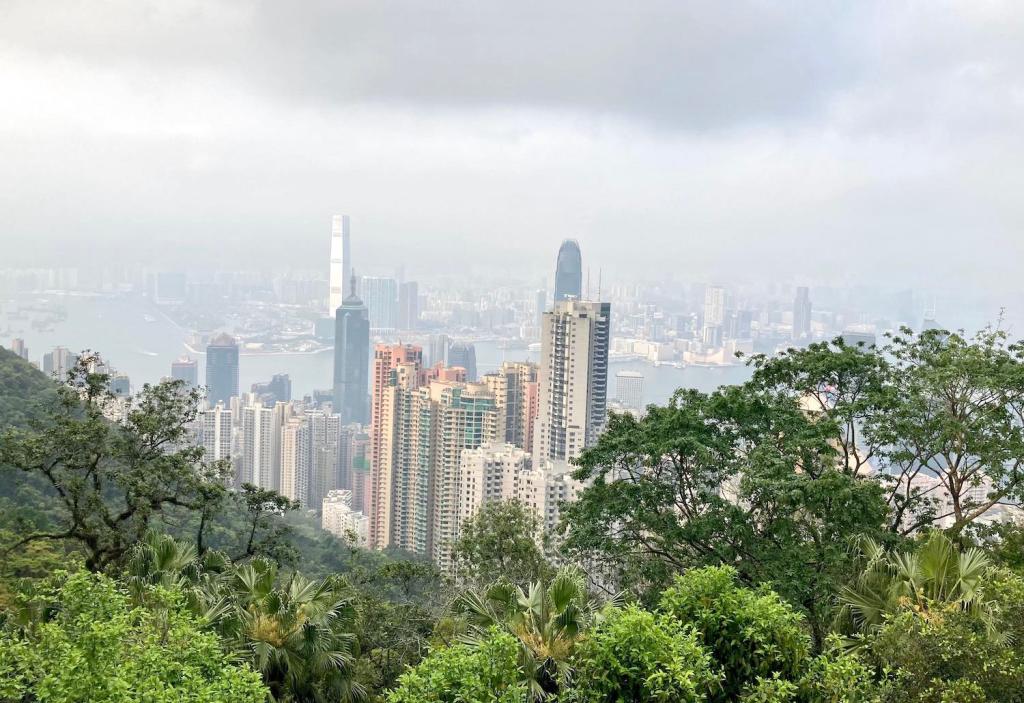
He does manage to hobble over to the Peak Tram — an incredibly steep funicular railway that takes him up Victoria Peak. It is unfortunately a bit cloudy but the view over Hong Kong is still quite spectacular. It is a shame that the viewing area at the top is marred with lots of tourist tat.

The culinary highlight of DonQui’s stay in Hong Kong is lunch at Wing Restaurant on Wellington Road in Hong Kong Central. Time Out warns that it is one of the toughest tables in Hong Kong to book as it has such a high reputation and is very small. Wing is usually only open for dinner but on the day DonQui is looking to dine they open for lunch for the first time and so there is a place available for him.

The set menu of 12 dishes is exquisite, offering DonQui a wide range of ingredients and tastes he has never experienced before. These included (amongst others) lion head croaker (a local fish), Chinese almond soup, fish maw with abalone sauce and king crab with crispy cheung fun (rice noodle rolls).

The highlight is the baby pigeon smoked over sugar cane. And yes he did try the head.
Thoroughly satisfied DonQui is now ready to head home, completing his around the world adventure.
